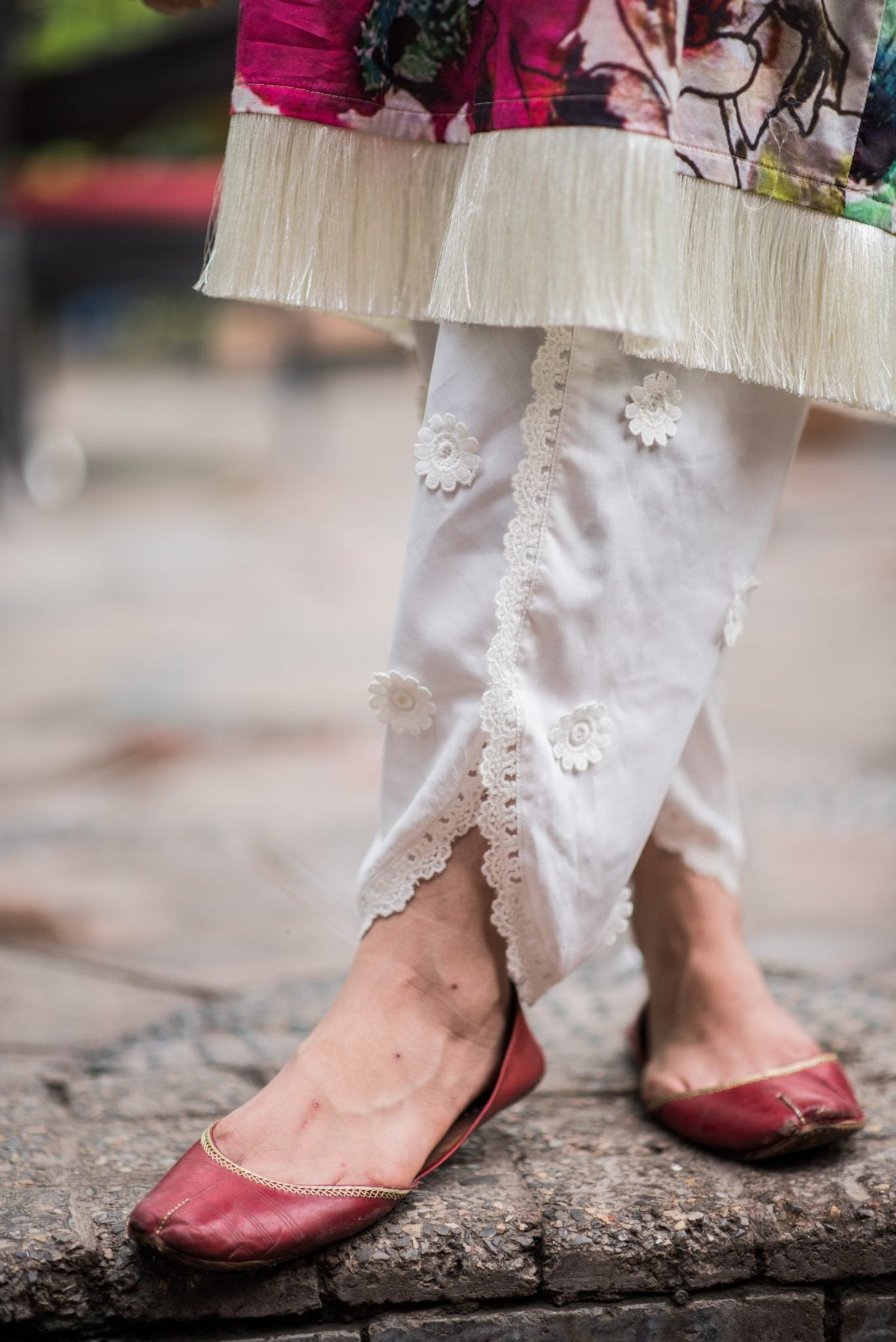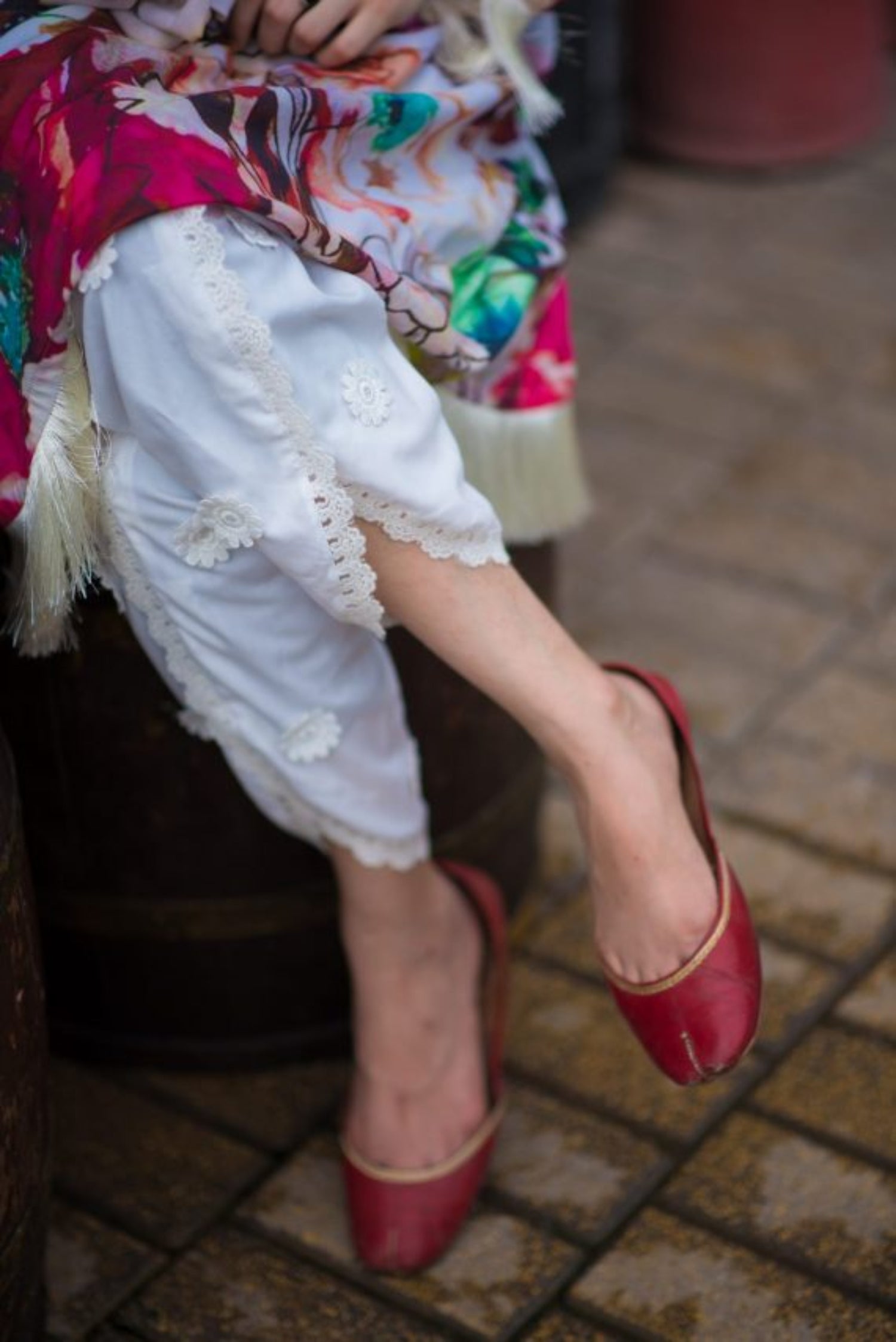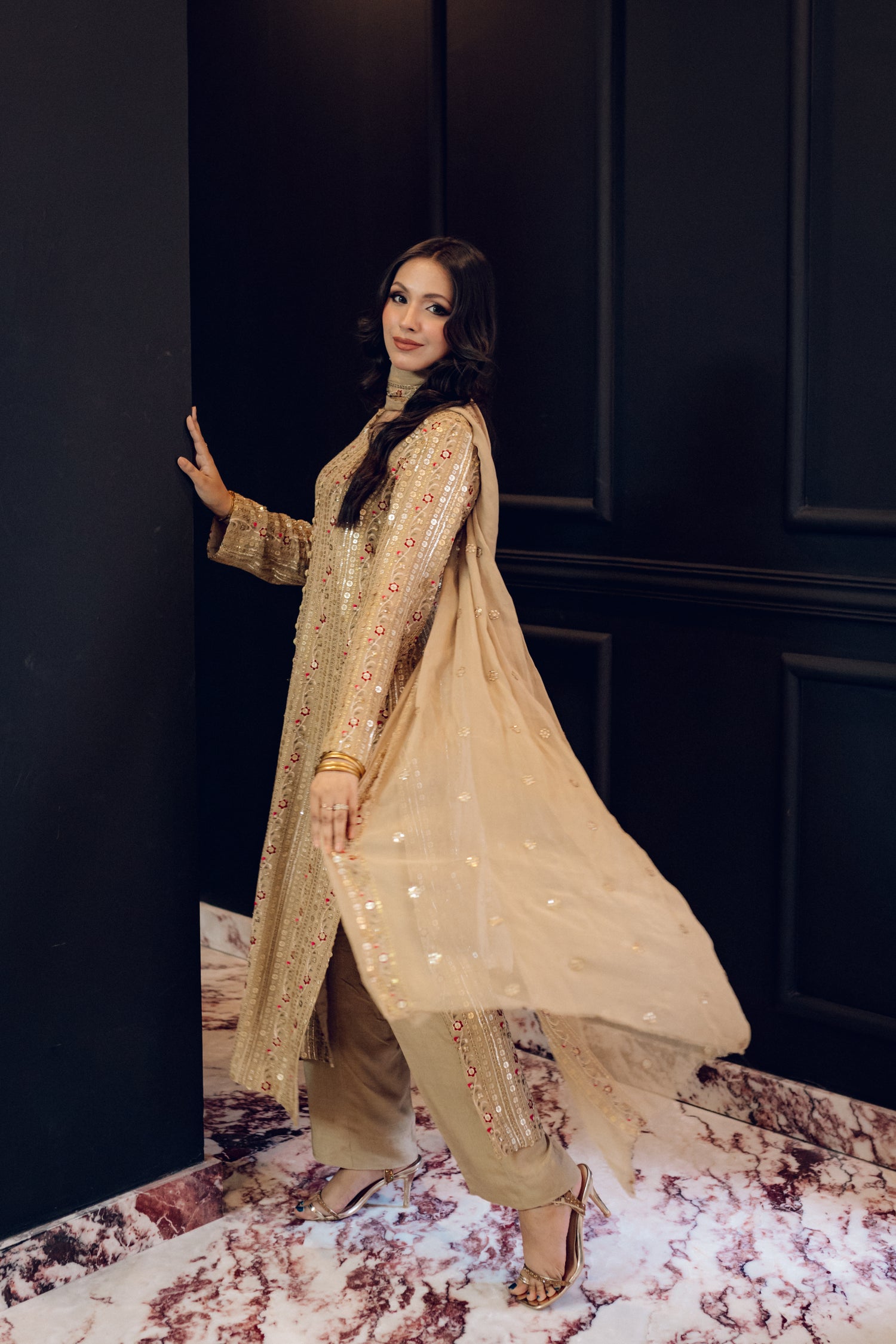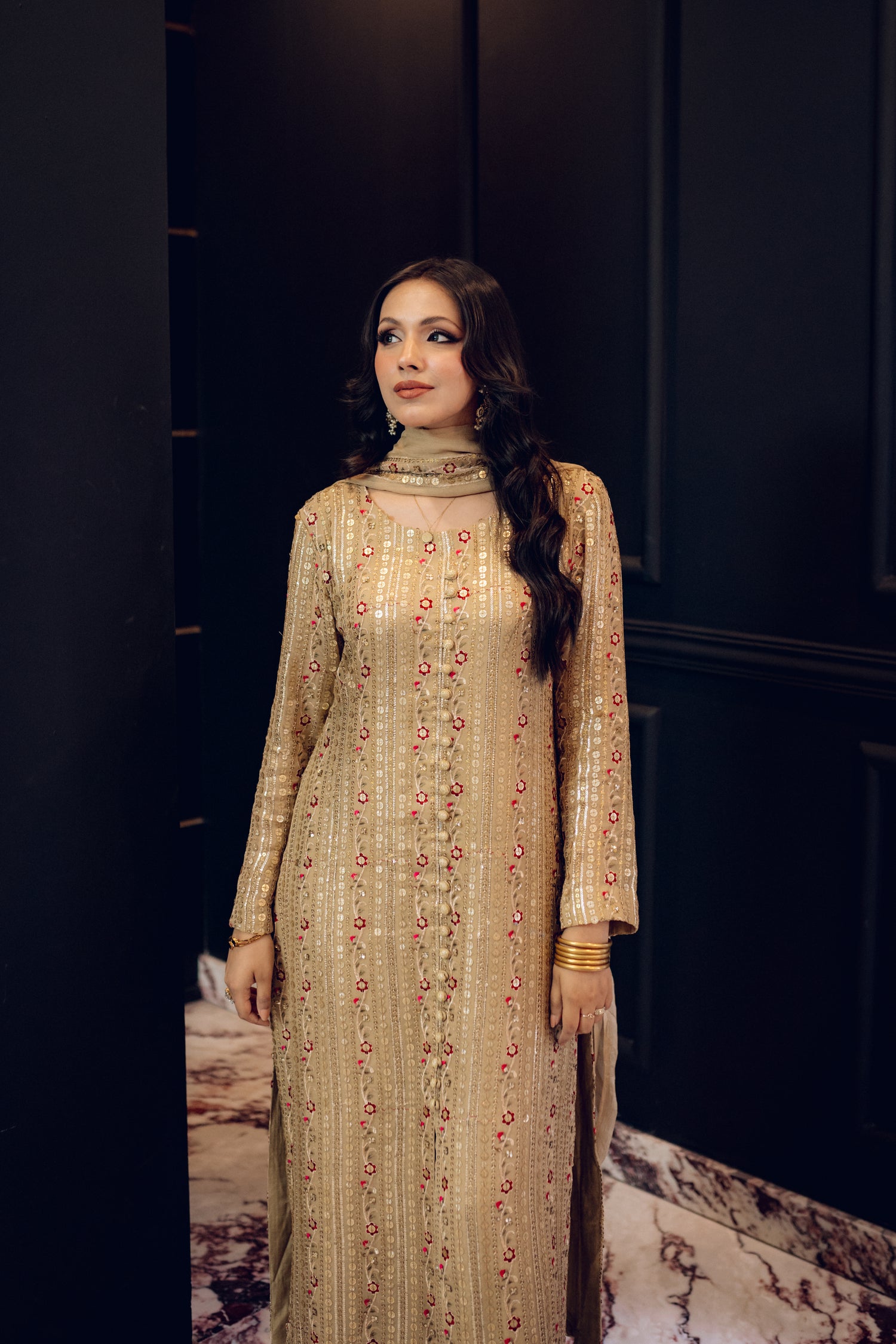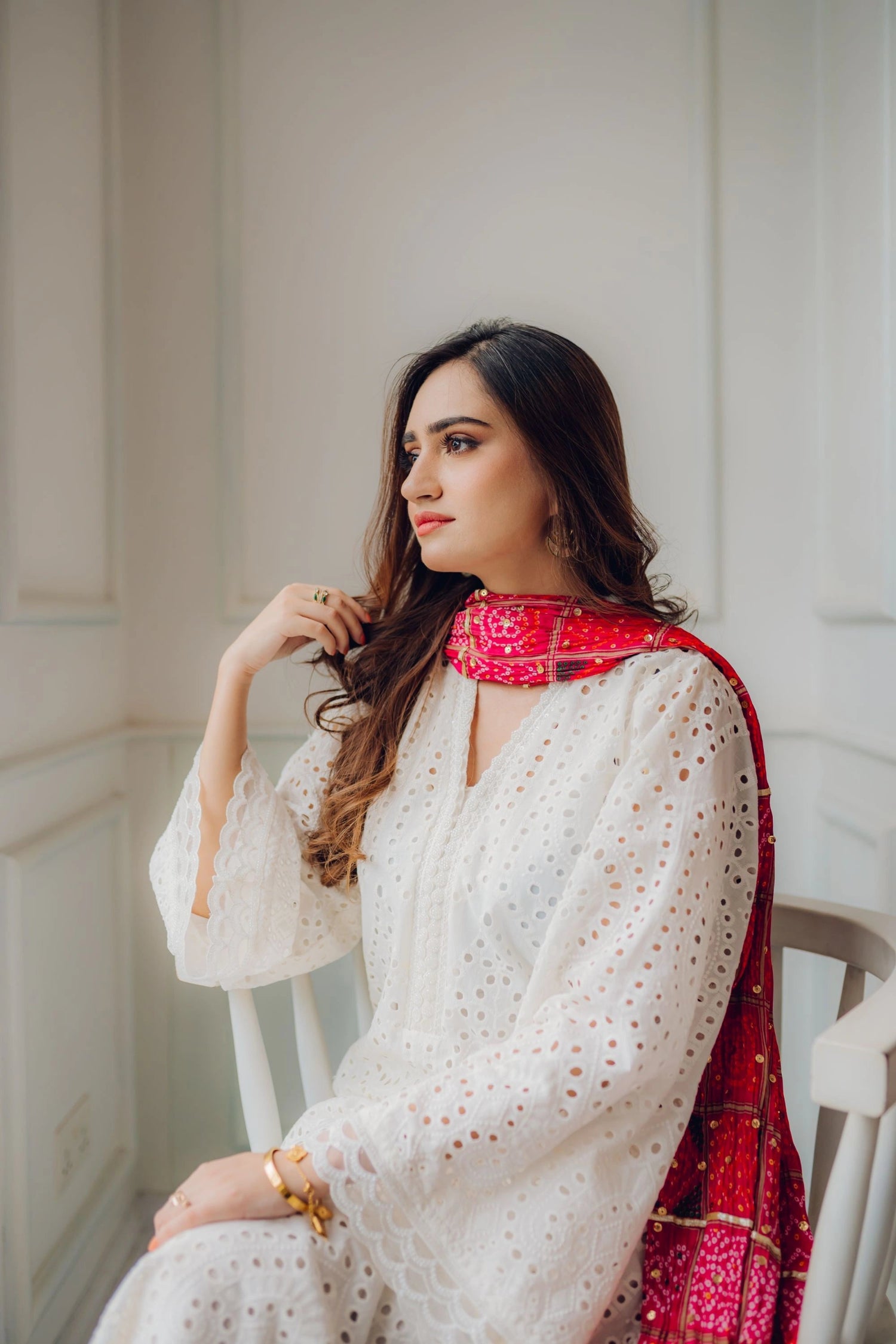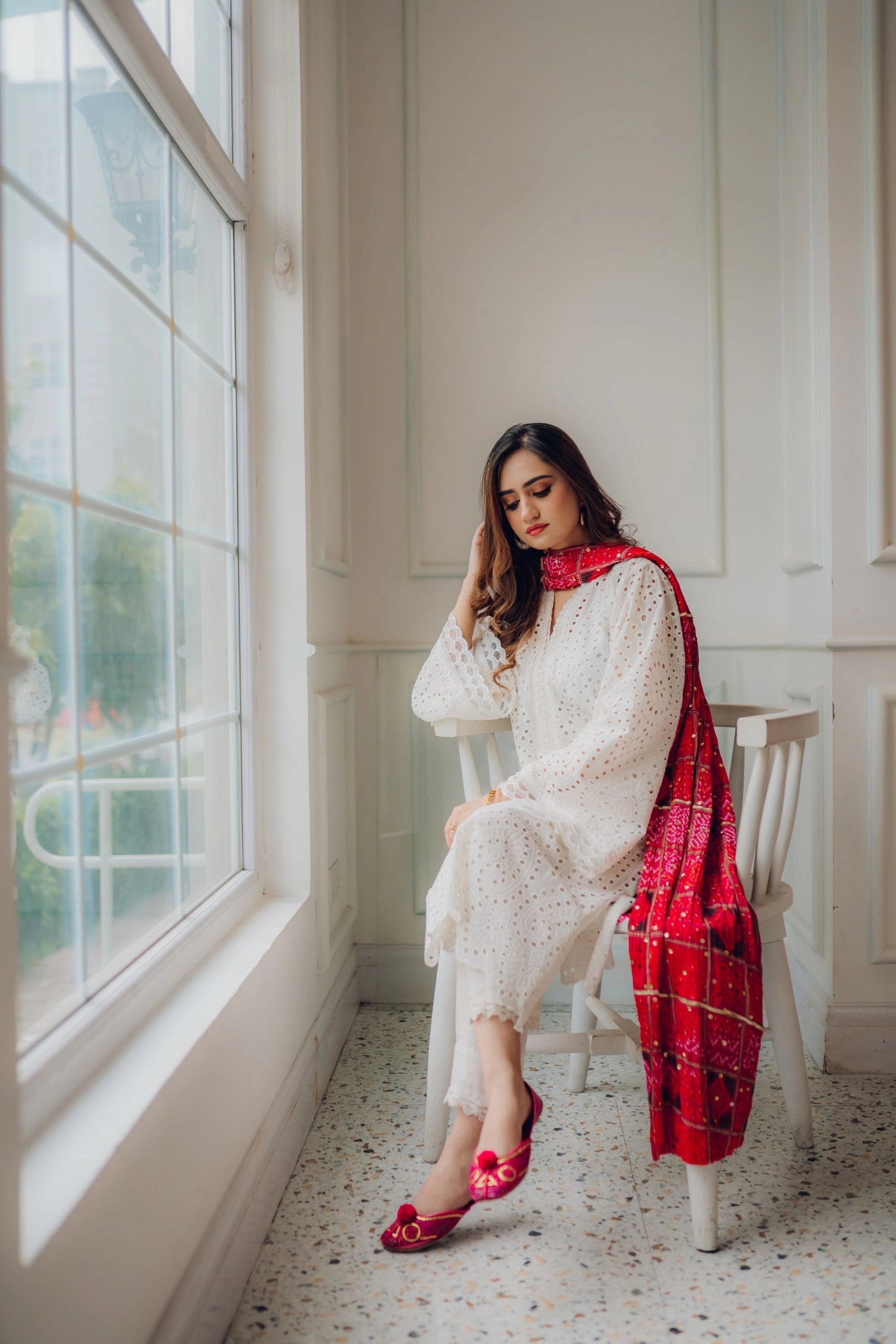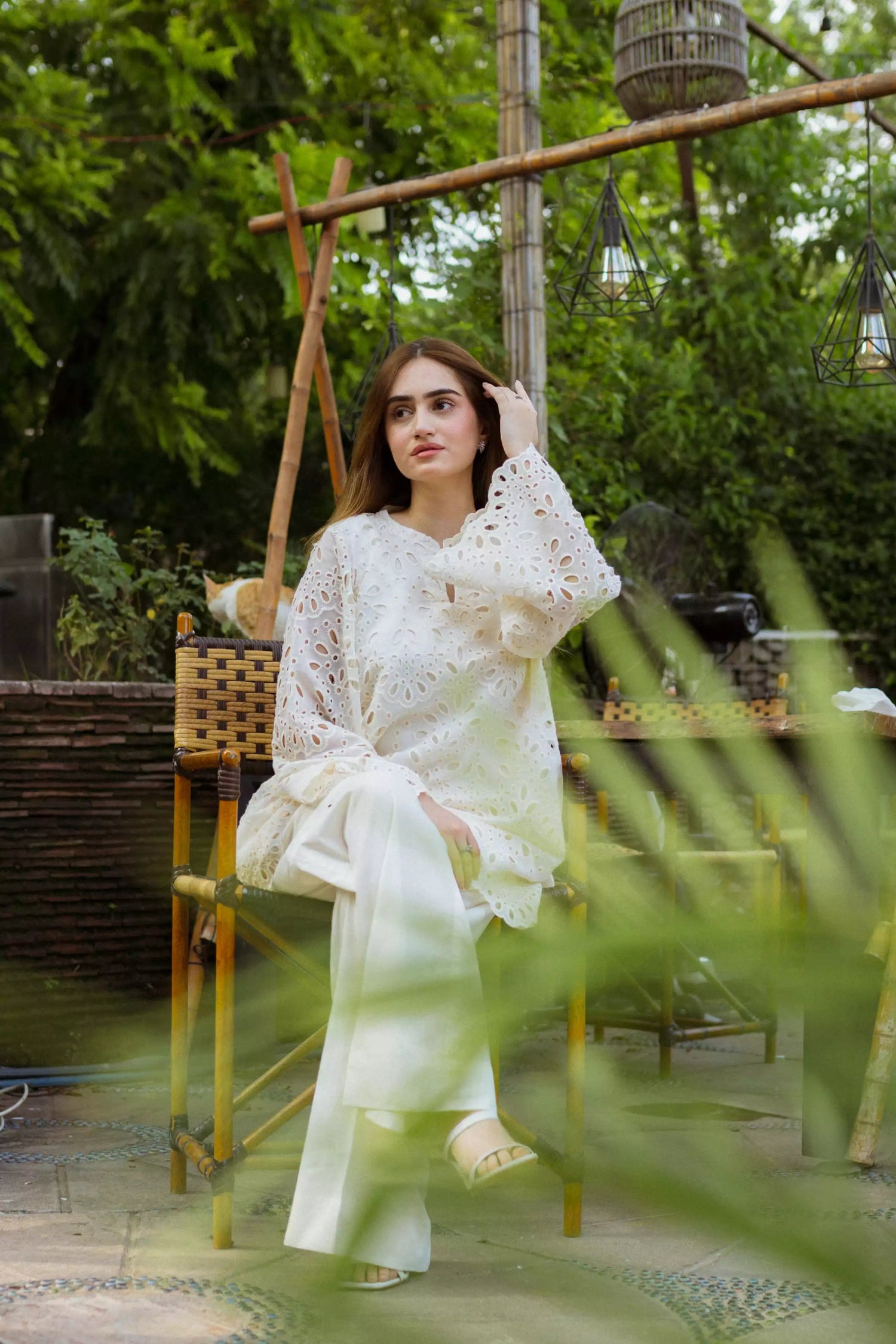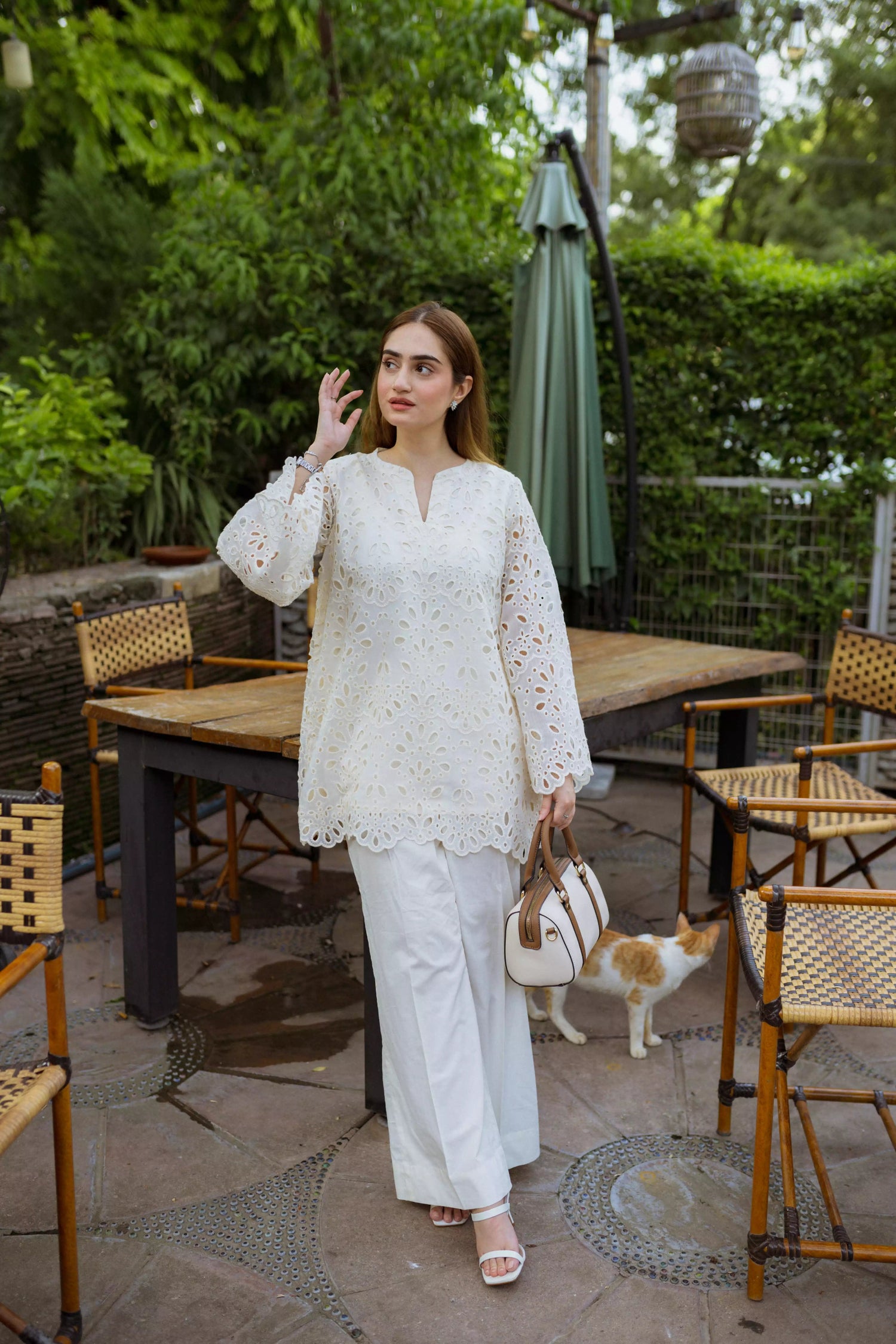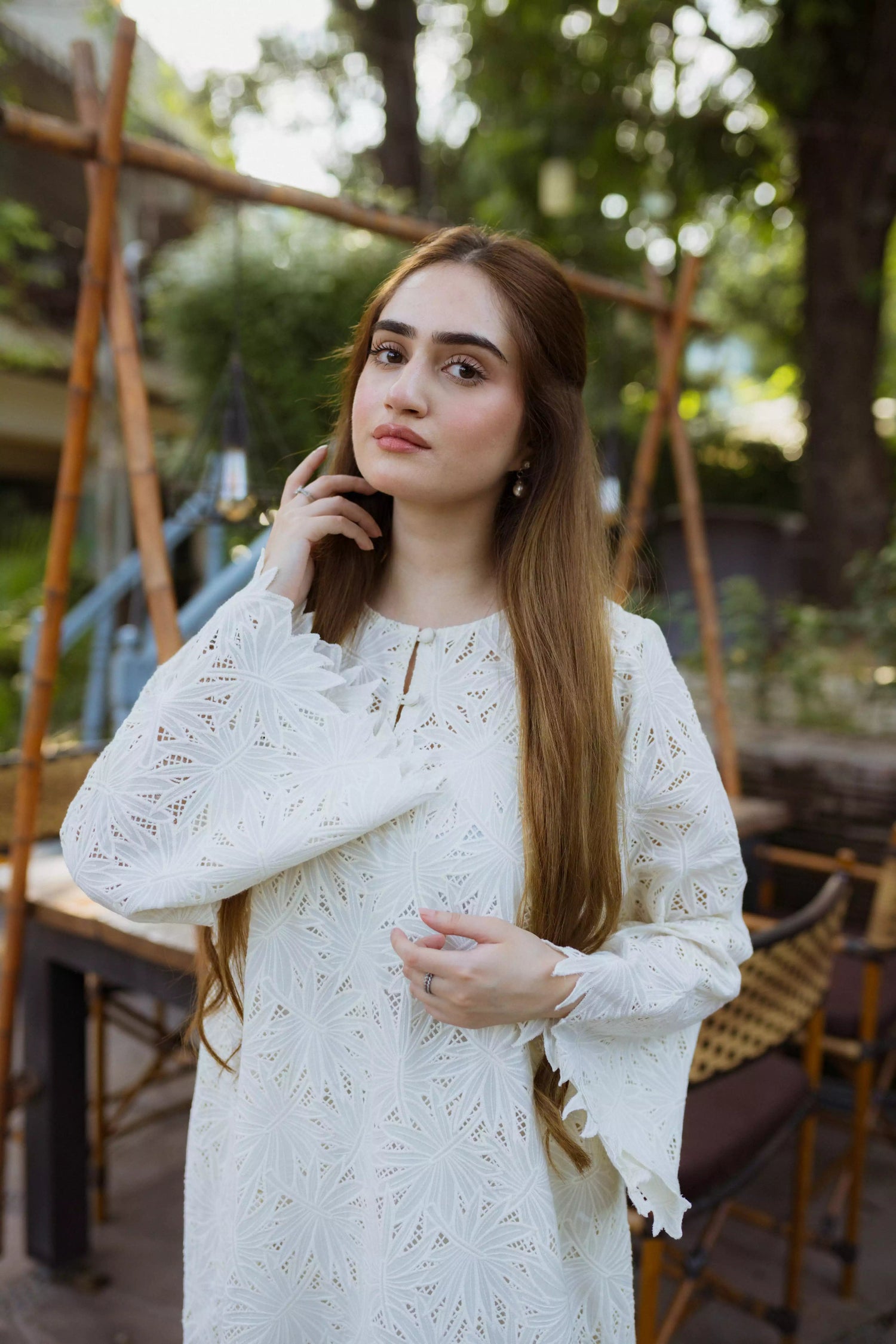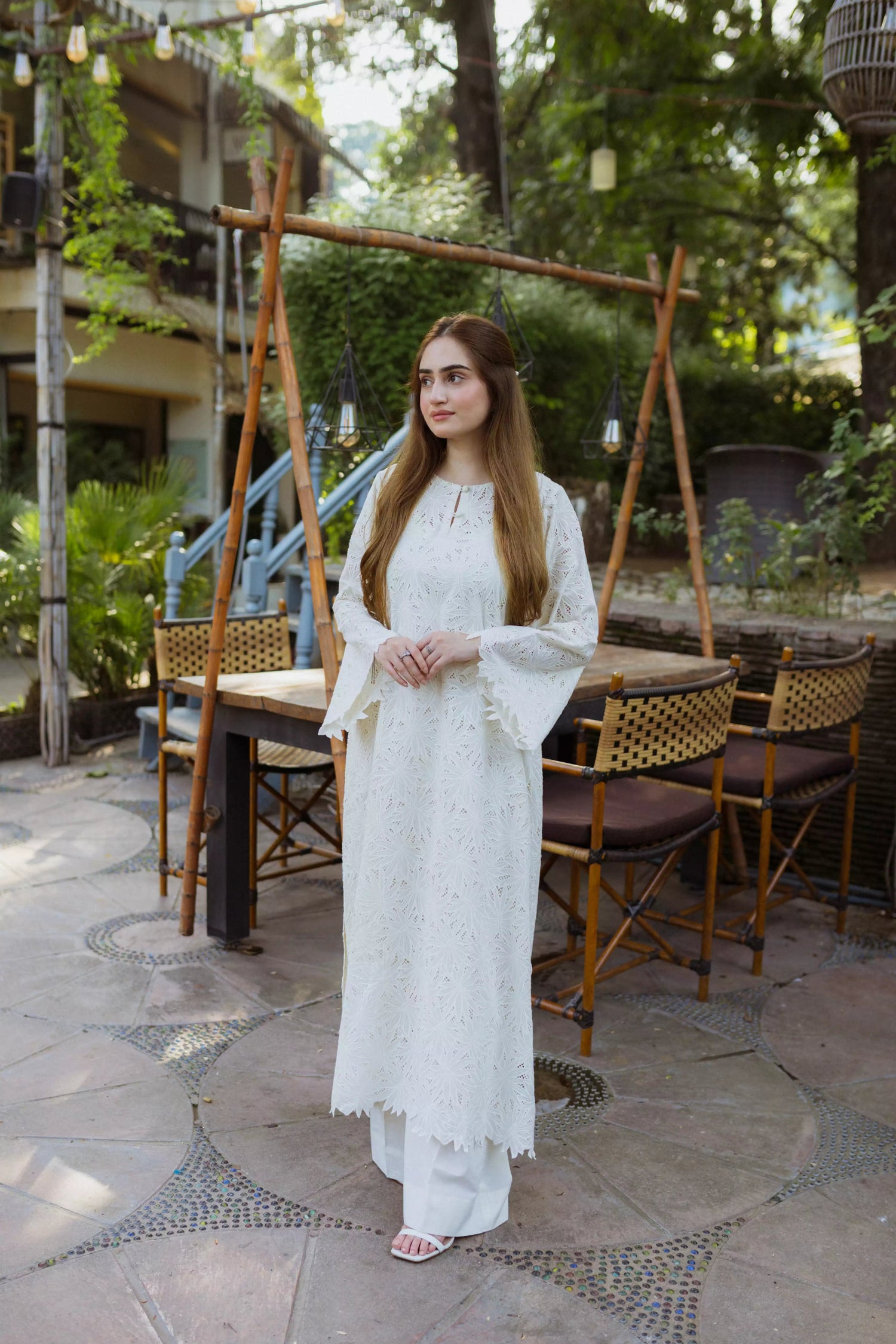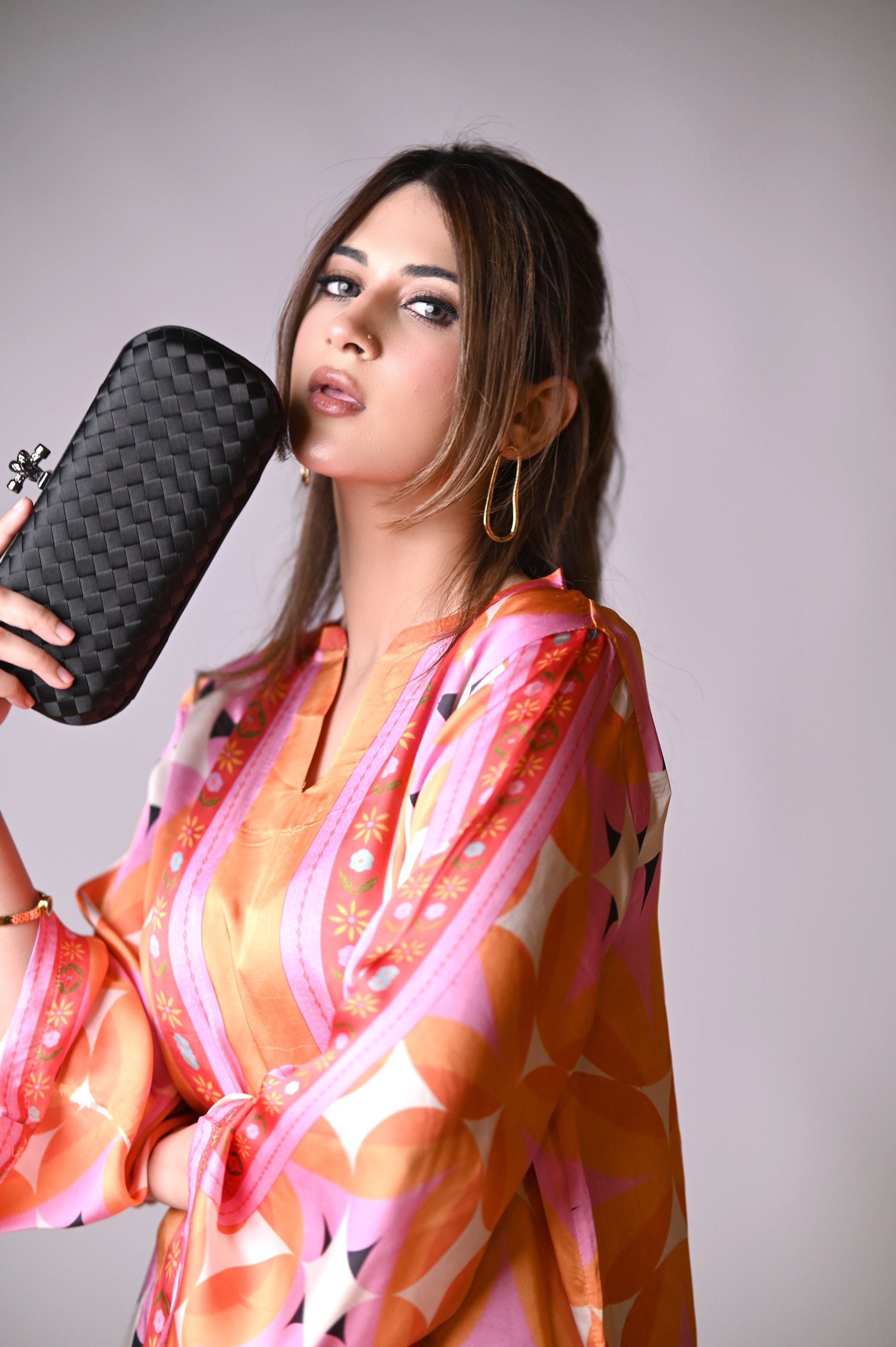Introduction
In the dazzling realm of luxury fashion, couture stands as the epitome of sartorial artistry. Beyond the runway glamour and red carpet allure, the art of couture is a meticulous and intricate process that unveils the true craftsmanship, attention to detail, and creative genius that goes into designing each luxurious garment.
Craftsmanship
Definition:
Couture craftsmanship refers to the exceptional level of skill, precision, and artistry involved in the creation of high-end, custom-made garments. It represents the pinnacle of expertise in sewing, tailoring, and manipulating fabrics to produce clothing that goes beyond mere function, aspiring to be both aesthetically pleasing and structurally flawless.

Detailing:
The hallmark of couture craftsmanship lies in its attention to detail, elevating garments to wearable works of art. Several key elements contribute to the unparalleled quality associated with couture fashion:
-
Hand-Sewn Embellishments: Couture garments often feature intricate embellishments meticulously sewn by hand. This can include beading, sequins, lace appliqués, and other decorative elements. Hand-sewn embellishments not only add a personal touch but also ensure a level of precision and intricacy that machines may not achieve.
-
Intricate Embroidery: Embroidery in couture goes far beyond standard stitching. Skilled artisans create elaborate and detailed patterns, often incorporating unique designs that reflect the designer's artistic vision. Couture embroidery is a labor-intensive process that requires a high degree of skill and patience.
-
Luxurious Materials: Couture craftsmanship involves the selection of the finest and most exclusive materials. Designers often source fabrics that are rare, ethically produced, or customized for a particular collection. The use of luxurious materials not only enhances the visual appeal of the garment but also contributes to its overall quality and feel.
-
Structural Integrity: Beyond aesthetics, couture craftsmanship emphasizes structural soundness. Each garment is meticulously tailored to the wearer's measurements, ensuring a perfect fit. Seams, linings, and closures are reinforced to guarantee durability and comfort.
-
Personalization: Couture craftsmanship allows for a high degree of personalization. The process often involves close collaboration between the designer, skilled artisans, and the client. This ensures that the final garment not only reflects the designer's artistic vision but also suits the individual style and preferences of the wearer.
Attention to Detail
Precision:
In the context of couture fashion, attention to detail involves an extraordinary level of precision throughout the entire garment creation process. This precision extends across various aspects, emphasizing meticulous accuracy in the execution of each step:

-
Measurements: Couture garments begin with precise measurements of the client's body. Designers and tailors take detailed measurements to ensure that the final garment fits the wearer perfectly. This step is crucial for achieving a flattering silhouette and a comfortable fit.
-
Pattern-Making: Precision in pattern-making is paramount. Highly skilled pattern-makers translate the designer's sketches into intricate patterns that serve as the blueprint for the garment. Every curve, seam, and detail is calculated with precision to achieve the desired shape and structure.
-
Fabric Cutting: Once patterns are created, the fabric cutting process requires careful attention. Fabrics, often luxurious and expensive, are cut with precision to minimize waste and ensure that each piece aligns perfectly with the pattern.
-
Sewing Techniques: Couture garments are typically sewn using advanced and precise techniques. Seams are meticulously stitched to create clean lines, and the stitching itself is often nearly invisible, contributing to the overall polished appearance.
-
Embellishment Placement: When it comes to embellishments, such as beads, sequins, and lace, their placement is executed with great precision. Each embellishment is strategically positioned to enhance the garment's design, ensuring a harmonious and balanced aesthetic.
Perfectionism:
Perfectionism is a key aspect of couture fashion and is visible in the relentless pursuit of flawlessness throughout the garment creation process:
-
Flawless Representation: Couture designers and artisans strive for a flawless representation of the designer's vision and the wearer's uniqueness. Every element of the garment is meticulously examined to ensure that it aligns with the intended aesthetic and meets the highest standards of quality.
-
Iterative Process: The couture process often involves multiple iterations and fittings. Designers and tailors work closely with the client, making adjustments to achieve the perfect fit and addressing any imperfections. This iterative approach reflects a commitment to achieving perfection in the final product.
-
Finishing Touches: The final stages of couture garment creation involve meticulous attention to finishing touches. Hems, closures, and any remaining details are perfected to create a garment that is not only visually stunning but also free from any visible imperfections.
Creative Process
- Inspiration: Couture designers draw inspiration from a myriad of sources, such as art, culture, history, and personal experiences. This initial spark serves as the foundation for the entire creative process.
- Sketching and Designing: The designer translates their vision into sketches, conceptualizing the silhouette, color palette, and intricate details. These sketches serve as the blueprint for the creation of the garment.
- Material Selection: Couturiers carefully select the finest materials, often sourcing exclusive fabrics and embellishments. The choice of materials plays a crucial role in achieving the desired aesthetic and luxurious feel.
- Pattern-Making: Highly skilled pattern-makers create patterns tailored to the client's measurements, ensuring a precise and flattering fit. This step is fundamental to achieving the garment's desired shape and structure.
- Handcrafting: Couture garments are predominantly handcrafted by skilled artisans in ateliers. Each seam, stitch, and embellishment is executed with precision, contributing to the uniqueness and exclusivity of the final piece.
- Fittings and Adjustments: Multiple fittings with the client are conducted to ensure a perfect fit. Couture designers are known for their dedication to achieving the client's vision while maintaining the integrity of their own creative expression.
Conclusion
In the world of couture, every stitch tells a story, and every garment is a masterpiece. The artistry, creativity, and dedication that go behind the seams of couture fashion make it an enchanting and enduring realm that continues to captivate fashion enthusiasts and connoisseurs alike.

